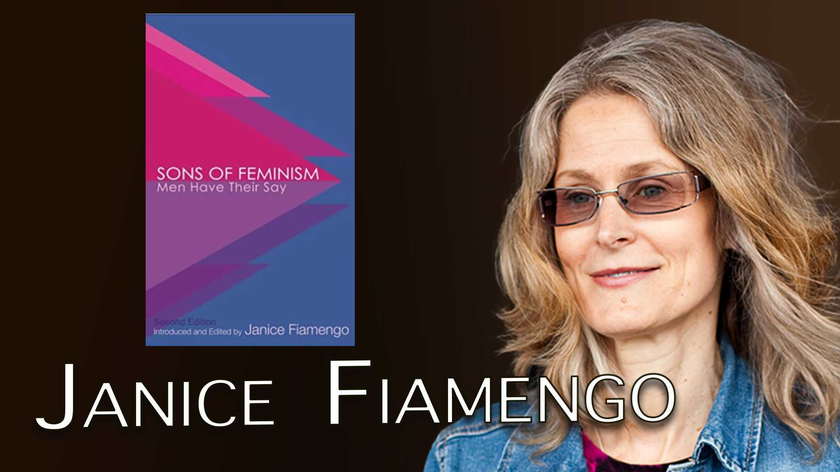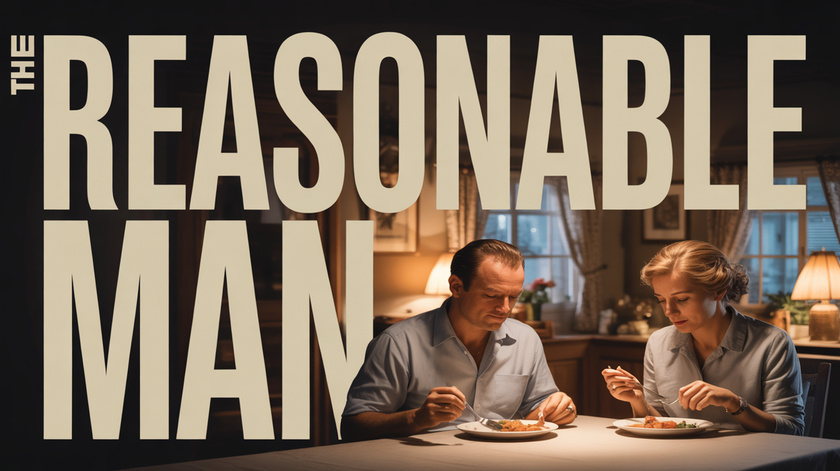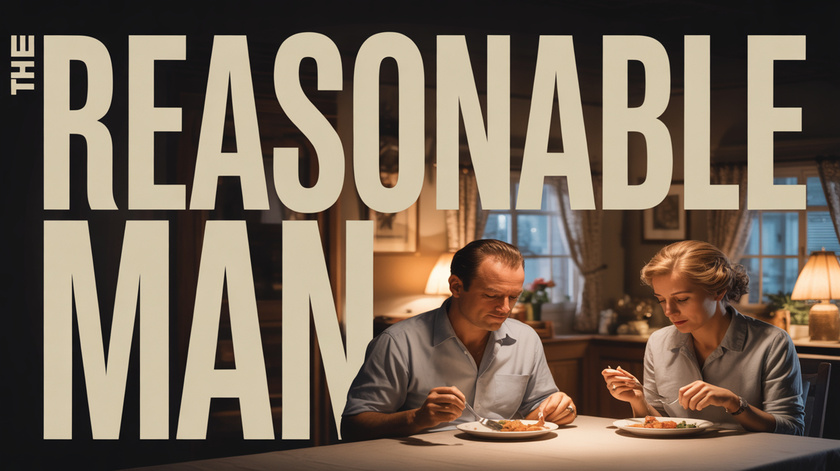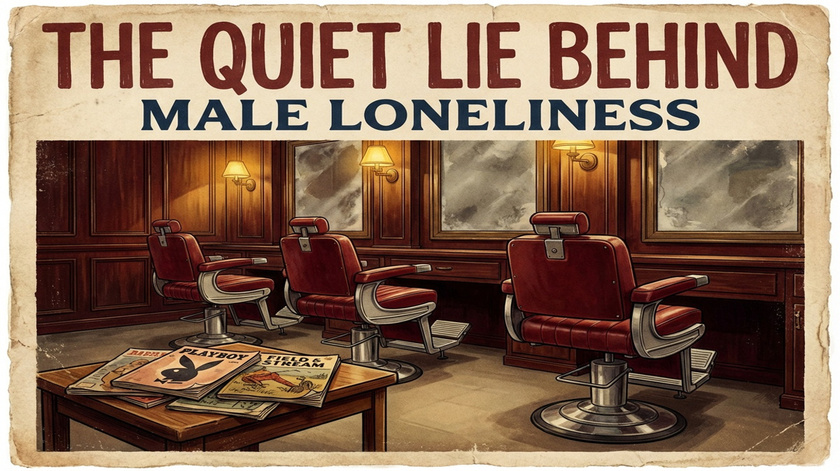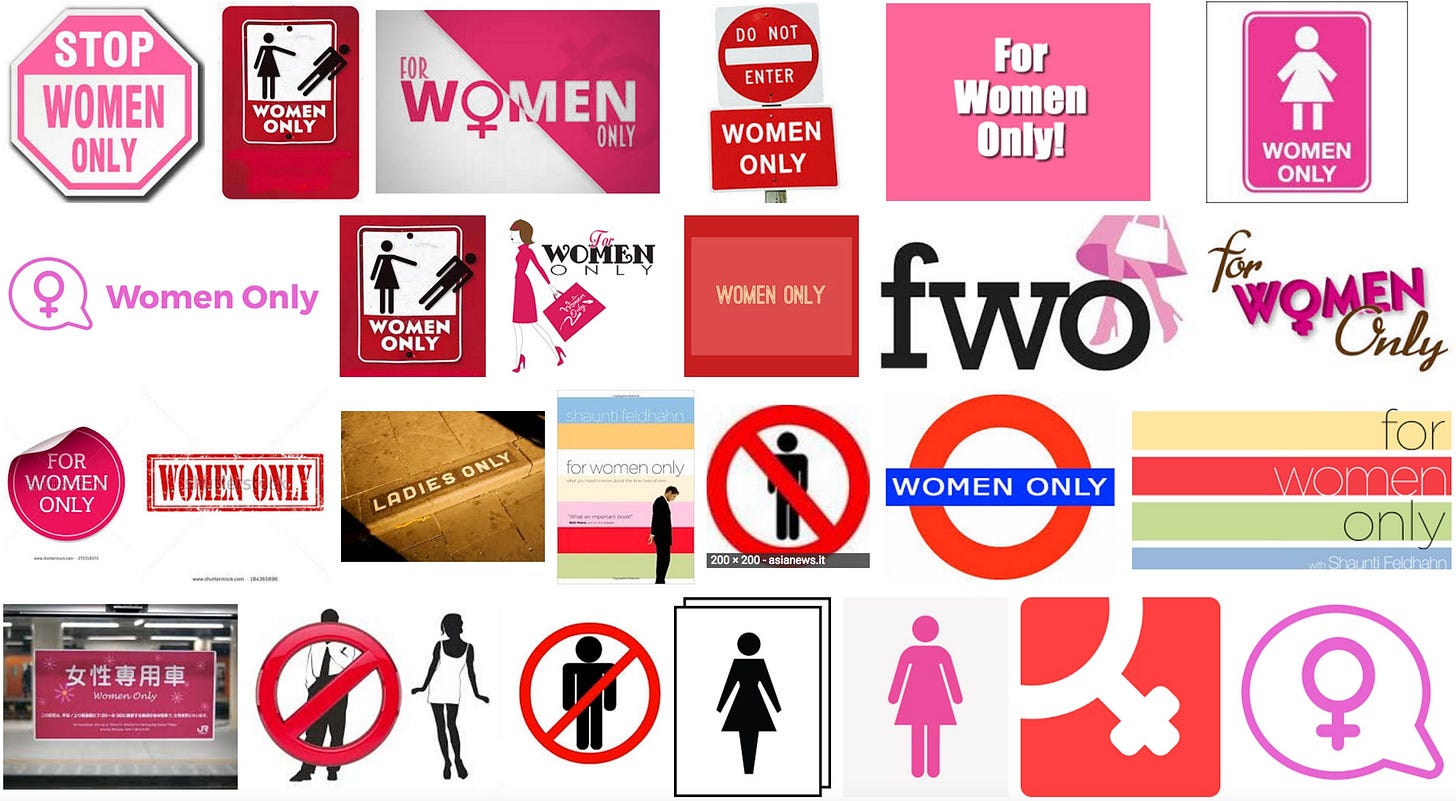Excerpt from Janice Fiamengo's Sons of Feminism (part one)
Feminist leaders tell us that men are entitled and powerful. Janice Fiamengo actually asked men what it is like to be male in a feminist culture. These 26 stories will surprise you with their accounts of men belittled, disliked, dismissed, blamed, falsely accused, and discriminated against under law--all while being expected to apologize for their "male privilege."
The following is one story from the collection.
Sons of Feminism on Amazon https://amzn.to/3DLUxoc
Feminist Warriors in Astronomy
By an Astronomer
I embarked on an academic career in astronomy almost two decades ago. At the time, I was convinced that space sciences, based on factual observations and physical modelling of the vast universe, would always be immune from the obsessive navel-gazing and politics of hurt feelings of Women's Studies and related departments. Things have changed a great deal since then, and not for the better.
Social justice warriors (SJWs) and feminist activists have penetrated astronomy departments almost to the same degree as in the humanities. The influential Women in Astronomy blog (womeninastronomy.blogspot.com), whose juvenile rants are foisted upon us at major conferences as if they were divine revelation, contains very little astronomy and a lot of political campaigning on leftist issues and victim-group grievances.
There are, in my opinion, two main reasons why even astronomy has succumbed to this disease. The first reason is that astronomers are one of the most politicized subgroups of scientists, and the most susceptible to peer pressure in an overwhelmingly leftist campus environment. The second reason is that there are more men than women in astronomy (http://www.iau.org/administration/membership/individual/distribution/). This indisputable fact is simplistically interpreted as self-evident, mathematical proof that women are discriminated against in their careers. I shall now discuss both arguments in more detail.
Political bias
An average astronomy career develops almost entirely within the narrow boundaries of academia (more than other applied sciences). Most astronomers have a very limited knowledge and understanding of the social and economic structure of the real world. Their worldviews are shaped by the green-left activism of their student days, and are strongly affected by the ideological social-justice movements sweeping western campuses today with an ideological fervor reminiscent of Mao's Cultural Revolution. Moreover, success or failure in astronomy (again, more than in applied sciences or engineering) depends substantially on the opinion of our peers. Grant and fellowship applications, requests to use the over-subscribed major telescopes, and invitations to speak at international conferences are all determined by small panels of colleagues in the same field, based essentially on how much they trust the applicant's ability as a scientist.
In the highly competitive field of astronomical research, it usually takes only one particularly unfavorable assessment to sink a good telescope time application. Job applications require recommendation letters from several colleagues who have the task of extolling our personal qualities and explaining how well we would fit in with the group and the institution. It would be nice to believe that such judgement is founded entirely on the applicant's research results, regardless of personal friendships, social connections, and political opinions, but we know that is not the case; collaborations and connections are often informally created at BBQs, Christmas (sorry, end-of-year) parties and social events. In these circumstances, the safest (perhaps the only possible) strategy for a young astronomer to survive is to "fit in" and follow the dominant political ideology of the group.
Visibly and loudly endorsing the latest fashionable leftist causes (especially feminist and identity politics) with colleagues at lunchtime and around the water cooler can be a matter of academic survival, especially when leftist colleagues outnumber conservatives by a ratio of 20 to 1, as is the case at the Harvard-Smithsonian Center for Astrophysics in Boston (the largest astronomy institution in the US). Being leftist becomes a positional good, a signal of superior morality. There is no escaping the moral gaze of SJWs in astronomy: they seem to spend an egregious amount of taxpayer-funded working hours every day hooked on Twitter, Facebook, and whatever leftist blog is in vogue, scourging the unenlightened and looking for signs of ideological dissent.
Gender imbalance
This is the second main reason why feminist politics has gained significant traction in astronomy. There is an appalling lack of women in STEM fields, we hear from feminist astronomers every day. Many job and grant applications include questions about one’s commitment to and track record on bringing more women into astronomy in a way that makes it clear that any dissenting opinions, doubts and questions are not welcome. And yet, there are many pertinent questions on the issue that I would not be afraid to ask if universities were more open to free speech. A lack of women with respect to what? Is it a problem worth spending time on? If and only if it is a problem, what are its true causes and most practical solutions?
Simply stating that women occupy less than 50% of senior positions in astronomy, or are conferred less than 50% of astronomy PhD degrees, is not evidence either of a problem or of a social injustice. The statistical imbalance in favor of men in maths and physical sciences is mirrored by a symmetrical imbalance in favor of women in education, arts & humanities, health, and biological sciences. This is mathematically inevitable, since women now represent a majority of college graduates in the Western world. Perhaps, instead of spending so much time and money to get women into STEM, we could try pushing women out of education and humanities, with aggressive targets for a minimum number of men or a maximum number of women in those careers. But if society benefits from more women moving to STEM fields because of the new talent they bring, will it also suffer from the loss of a corresponding number of women and talent from education and health? Has anyone tried to do a cost-benefit analysis? Or do SJWs believe that gender balance should be aggressively imposed only in fields where women are currently the minority while not touching the female advantage in the other fields?
Such questions are rarely discussed because the drive to shift women into STEM has mostly ideological rather than practical justifications. Two unrelated but equally obnoxious ideologies are clearly apparent in the minds of STEM SJWs. The first driver is the profound feminist dislike of free choice. Women have the right to choose whatever lifestyle they want, provided they choose the one approved by their leftist minders. A young woman who chooses to study English literature or work in education rather than pursue an astronomy research career is somehow being unconsciously oppressed by the patriarchy, even though she erroneously believes that it was her own choice based on her personal preferences. This is analogous to the feminist distaste for women who choose to leave their careers and raise a family at home.
The second ideological driver is the self-belief of almost all STEM practitioners (astronomers above all) male and female, that their field of knowledge is superior to every other. Because we model "important" things like stars, galaxies, black holes and the universe, most of us truly believe that we are also expert in politics, economics and social matters. Plato's Republic remains the ideal state structure in the minds of so many of my colleagues, who dream of imposing their superior knowledge and tidy mathematical order onto the unenlightened, hopeless plebs for the common good (which the masses cannot discern on their own). Maths and physics represent the only true knowledge and power: social justice requires that more women be elevated from the muddy fields of humanities, health and education to the Elysian Fields of astronomy, whether they like it or not.
The ideological motivations driving feminist initiatives in our field would not matter much if more women in astronomy really meant more competence and more scientific progress, as claimed by our SJWs. As the Royal Society of Edinburgh stated, in a 2012 report chaired by astronomy professor Jocelyn Bell Burnell, "[t]he country cannot afford this wastage of talent. We need to tap all our talents." The problem with this argument is that the number of astronomy jobs is limited: society already has all the astronomers it needs, universities already hire more astronomers than they can fund, and the few major telescopes and satellites (essential tools for our research) are routinely oversubscribed by a factor of 5. Doubling the number of astronomy jobs is unrealistic and would be a waste of taxpayers' money. So, in practice, "tapping all our talents" translates into replacing a large number of male researchers with female researchers in order to achieve parity. This can be justified as a political goal, not as a scientific one: there is no evidence that enforced parity is leading to better research outcomes. In fact, the opposite is happening. In practice, half of the astronomy jobs will be available to a large pool of male applicants; the other half will be reserved for a smaller pool of female applicants. Already today, to obtain a good job, a male astronomer needs to be in the top 10% of male applicants, while a female astronomer only needs to be average. If we were really concerned about the science outcome, instead of tapping all our talents, we should try tapping the very best talents: and that requires a free competition on the job market, with no quotas or targets and no attention to gender balance.
Having dismissed free choice as the main reason for gender imbalance in astronomy, SJWs need to come up with different, politically correct explanations that put the blame squarely on the patriarchy. Two of the most quoted reasons are selection bias and the culture of sexual harassment.
Selection bias
As a male astronomer, I am apparently unable to assess fairly the quality of scientific research done by female colleagues due to my unconscious bias against people who are different from me. Similarly, as a person of non-color, I am told I am biased against people of color. As a straight cisgender male, I am biased against LGBTQWERTY astronomers. And so on. I am also told that any attempt to deny my bias is further proof of how dangerously strong my bias is. (This argument is never applied to political bias: insulting people on the conservative side of politics, saying that they should not be allowed at university, or their funding should be cut, or that they are knuckle-dragging idiots, is perfectly acceptable, as I have experienced many times.)
Most astronomy departments have succumbed to political pressure and have decided they have to do something to "correct" the effects of this alleged bias. They do so in at least three ways. The first one is to create jobs and fellowships specifically reserved for female candidates. Such appointments are usually described in terms of "creating role models,” a politically correct term more palatable than quotas or targets. Apparently, young girls need to see someone who "looks like them" in a position of academic power to become interested in astronomy. And of course, people of color need their role models, genderqueers need theirs, and so on. This is a complete betrayal of a fundamental principle of astronomy: that the universe can be modelled with physical laws independent of the observer; the motion of a planet, the evolution of a galaxy are not open to interpretation according to our age, sex, gender orientation, race, religion, or veteran status.
(end part one)
Sons of Feminism on Amazon https://amzn.to/3DLUxoc

